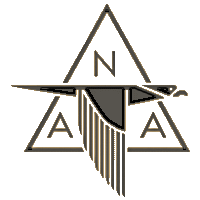McDonnell Douglas
AV-8B Harrier II
Role V/STOL ground-attack aircraft
National origin United States / United Kingdom
Manufacturer McDonnell Douglas /
British Aerospace
Boeing / BAE Systems
First flight YAV-8B: 9 November 1978
AV-8B: 5 November 1981
Introduction January 1985
Status In service
Primary users United States Marine Corps
Italian Navy
Spanish Navy
Produced 1981–2003
Number built AV-8B: 337 (excluding the YAV-8B)
Developed from Hawker Siddeley Harrier
Variants British Aerospace Harrier II
.
History Boeing Military
McDonnell Douglas
AV-8B Harrier II

The McDonnell Douglas (now Boeing) AV-8B Harrier II is a single-engine ground-attack aircraft that constitutes the second generation of the Harrier family, capable of vertical or short takeoff and landing (V/STOL). The aircraft is primarily employed on light attack or multi-role missions, ranging from close air support of ground troops to armed reconnaissance. The AV-8B is used by the United States Marine Corps (USMC), the Spanish Navy, and the Italian Navy. A variant of the AV-8B, the British Aerospace Harrier II, was developed for the British military, while another, the TAV-8B, is a dedicated two-seat trainer.
The AV-8B Harrier II is a subsonic attack aircraft of metal and composite construction that retains the basic layout of the Hawker Siddeley Harrier, with horizontal stabilizers and shoulder-mounted wings featuring prominent anhedral (downward slope). The aircraft is powered by a single Rolls-Royce Pegasus turbofan engine, which has two intakes and four synchronized vectorable nozzles close to its turbine. Two of these nozzles are located near the forward, cold end of the engine and two are near the rear, hot end of the engine. This arrangement contrasts with most fixed-wing aircraft, which have engine nozzles only at the rear. The Harrier II also has smaller valve-controlled nozzles in the nose, tail, and wingtips to provide control at low airspeeds.
The technological advances incorporated into the Harrier II, compared with the original Harrier, significantly reduce the workload on the pilot. The supercritical wing, hands-on-throttle-and-stick (HOTAS) control principle, and increased engineered lateral stability make the aircraft fundamentally easier to fly. Ed Harper, general manager for the McDonnell Douglas Harrier II development program, summarizes: "The AV-8B looks a lot like the original Harrier and it uses the same operating fundamentals. It just uses them a lot better". A large cathode-ray tube multi-purpose display, taken from the F/A-18, makes up much of the instrument panel in the cockpit. It has a wide range of functions, including radar warning information and weapon delivery checklist. The pilots sit on UPC/Stencel 10B zero-zero ejection seats, meaning that they are able to eject from a stationary aircraft at zero altitude0
KmCeiling
0
KmRange
0
Km/HAircraft Speed
0
Max Crew
Photo Gallery
McDonnell Douglas
AV-8B Harrier II


Boeing Military Airplanes
McDonnell Douglas
AV-8B Harrier II
General characteristics
- Crew: 1 pilot
- Length: (14.12 m)
- Wingspan: (9.25 m)
- Height: (3.55 m)
- Wing area: 243.4 sq ft (22.61 m2)
Powerplant
- Empty weight: (6,340 kg)
- Gross weight: (10,410 kg)
-
Maximum takeoff weight:
- Rolling takeoff: (14,100 kg)
- Vertical takeoff: (9,415 kg)
- Powerplant: 1 × Rolls-Royce Pegasus F402-RR-408 (Mk 107) vectored-thrust turbofan, 23,500 lbf (105 kN) thrust
Specifications
- Maximum speed: (673 mph, 1,083 km/h)
- Maximum speed: Mach 0.9
- Range: (1,400 mi, 2,200 km)
- Combat range: (350 mi, 556 km)
- Ferry range: (2,100 mi, 3,300 km)
- Rate of climb: 14,700 ft/min (75 m/s)
- Wing loading: 94.29 lb/sq ft (
- Thrust/weight: 0.948
Armament
- Guns: 1× General Dynamics GAU-12 Equalizer 25 mm (0.984 in) 5-barreled Rotary cannon mounted under-fuselage in the left pod, with 300 rounds of ammunition in the right pod
- Hardpoints: 6× under-wing pylon and 1x under-fuselage stations holding up to 9,200 lb (4,200 kg) of payload:
McDonnell Douglas AV-8B Harrier II
Links to Youtube & Others
Boeing provides comprehensive C-17 Globemaster III training solutions for aircrews and loadmasters with advanced simulation, courseware and computer-based training. C-17 operators can practice.
Boeing
AV-8B Harrier II
A high-wing, four-engine, T-tailed military transport aircraft, the multi-service C-17 can carry large equipment,
Youtube Link
Boeing provides comprehensive C-17 Globemaster III training solutions for aircrews and loadmasters with advanced simulation, courseware and computer-based training. C-17 operators can practice


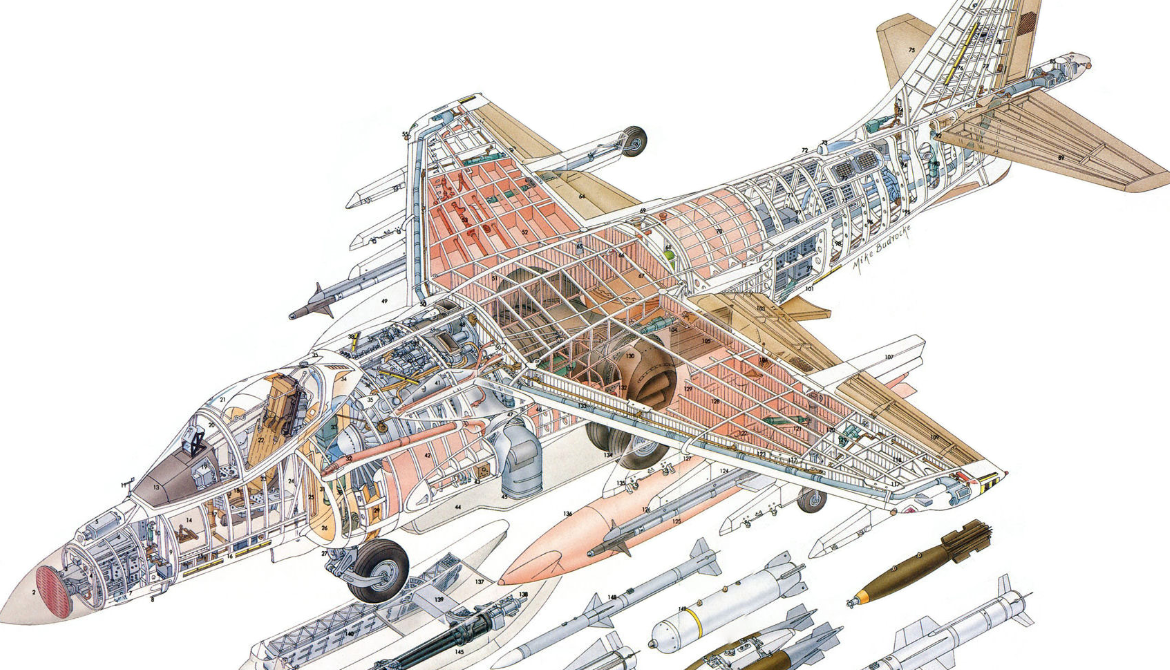

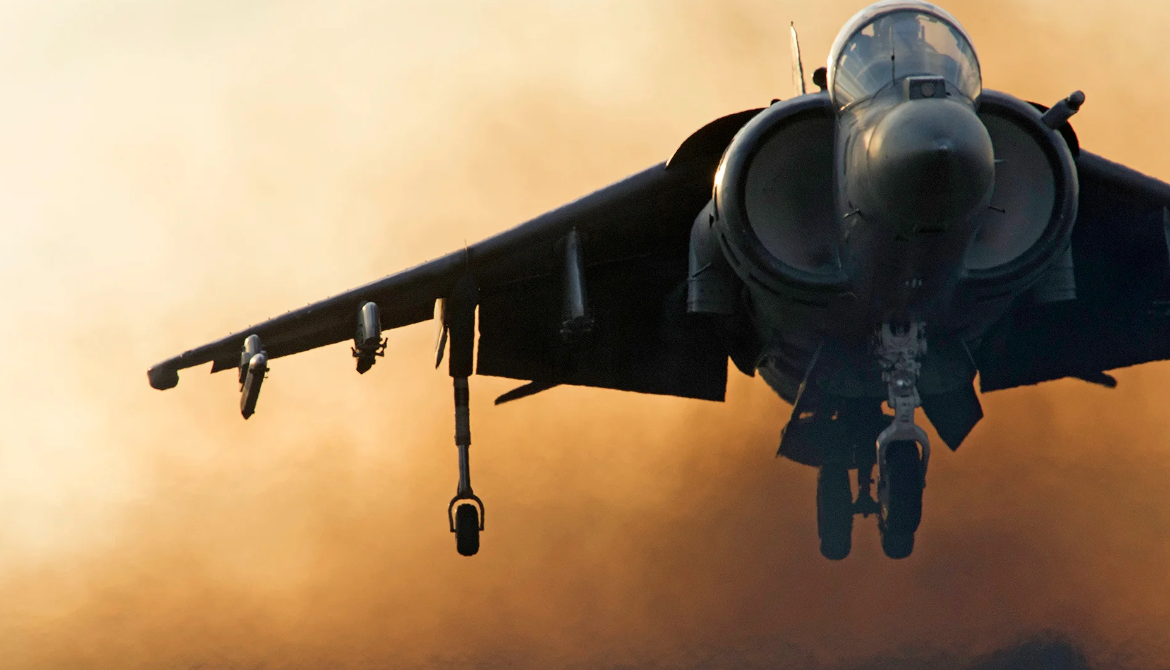


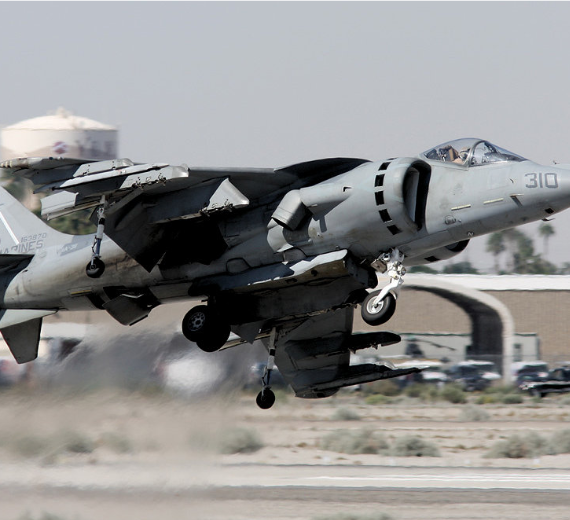
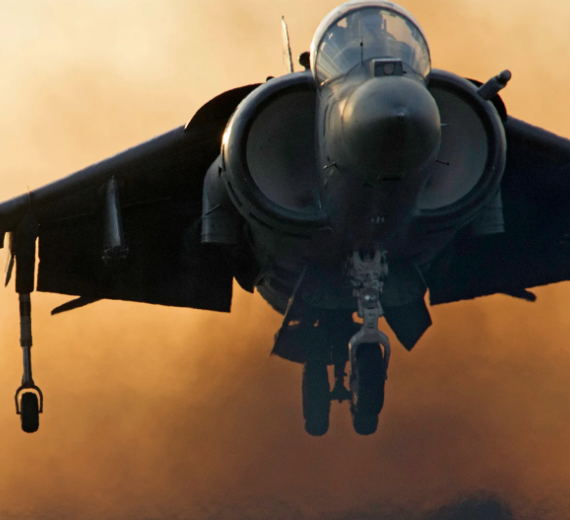
.svg.png)


